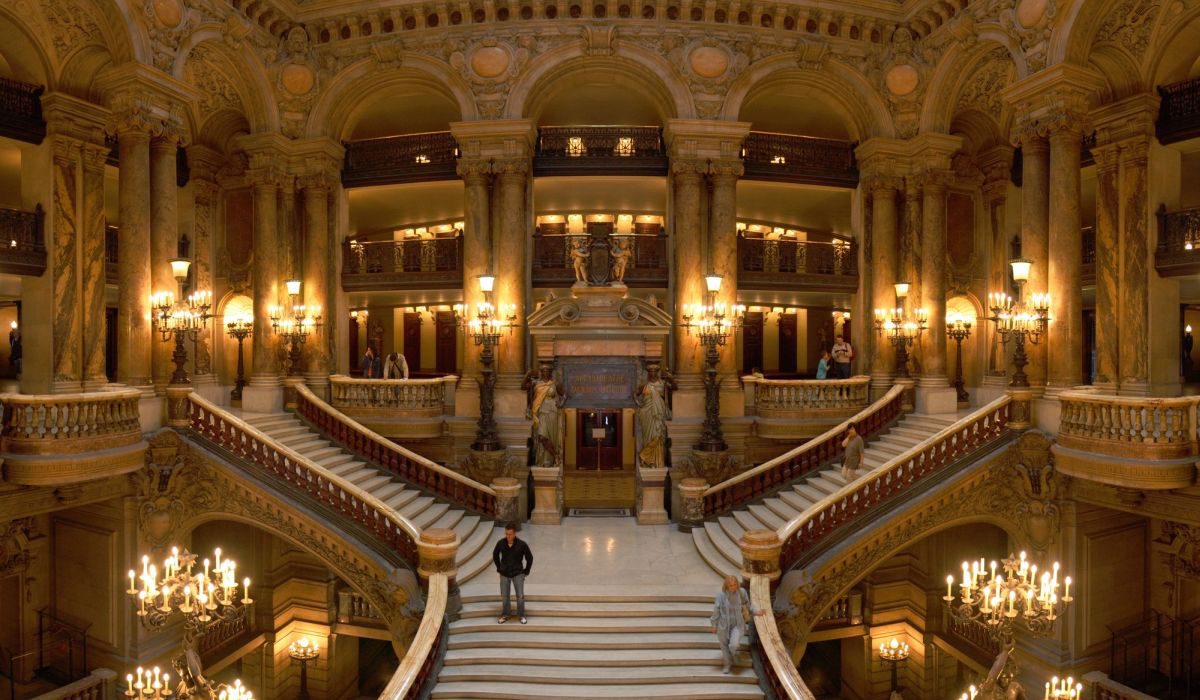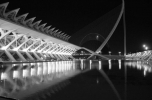Light in Space – Space in Light
The Subsequent Revolutions of the Light in Architecture
Text: Sándor Böröcz
October 22nd, 1879, Menlo Park, New Jersey – this day is regarded by many as a milestone in the history of electric lighting, as it was then that Edison and his colleagues managed to create an electric light operating for more than 13 hours thanks to a carbonated cotton yarn. Electric lighting was also a tool from the early 20th century on for designers, developers and architects of man-made environment that they had never even dreamt about before. From the beginning of the 20th century, architects had to learn the handling and usage of the new artificial light which was totally different from that of natural light. The new opportunity was also an exciting challenge as artificial light paved the way for a new way of thinking at the dawn of electric lighting. Some 100 years after Edison’s invention, lighting technology experienced yet another exploding revolutionary stage of its evolution with the spread of the LED lights, that reinterpreted the already learnt rules of lighting, turned the lighting industry upside down, and encouraged and forced designers and architects to start learning again.


